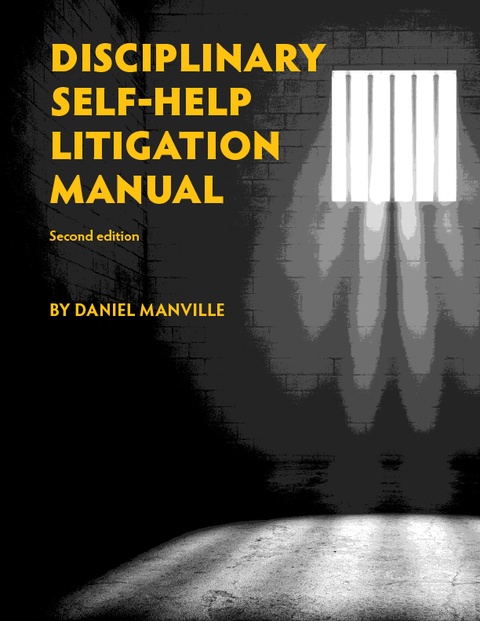PLN cover story on sewer spills at WA DOC prison profiled
Seattleand: The Environmental Disaster Waiting to Happen at Monroe State Prison
In which the state DOC battles the state DOE.
Four DOC wastewater treatment plants had received Outstanding Performance Awards “for perfect performance in 2014,” the release stated. The awards were important, the announcement added, “because wastewater treatment plant operations are the first line of defense to protect public health and water quality.”
Indeed. And the DOC need look no further than its prison at Monroe as a prime example of how to fail at providing that protection.
The 2,400-inmate Monroe Corrections Complex was not one of the four winners of the human-waste awards, and went unmentioned in the DOC media release.
But, just a day earlier, the Monroe complex got a big mention in Prison Legal News, the 72-page national monthly based in Florida and edited by former Washington inmate Paul Wright.
I wrote the 6,000-word piece based on hundreds of prison and Ecology documents obtained byPLN and its nonprofit owner, the Human Rights Defense Center, which agreed to also share the documents with Seattle Weekly.
The records reveal that a roughly half-million gallons of sewage water and other contaminants have been negligently dumped or accidentally spilled from the Monroe prison’s wastewater system over the last eight years, polluting local rivers and wetlands.
Ecology has no clear assessment of the damage and admits it has dealt lightly with DOC violations compared to private polluters. Yet the systemic breakdowns and human negligence have at times badly polluted the pristine Skykomish River, whose icy headwaters collect in the Cascades. A nearly 400,000-gallon spill in 2012—caused by an effluent pump failure—went undiscovered by the prison for almost four days, while nobody was minding the wastewater helm.
Most importantly, Monroe’s aging waste lagoons—where human sewage is pre-treated before being pumped into the City of Monroe’s wastewater treatment plant—are a disaster waiting to happen. In 2012, according to a report from a DOE inspector, a dike separating the sewage lagoons from the Skykomish was at risk of failure, and “could potentially release millions of gallons of untreated wastewater” into the river environment.
When I asked DOE for an update recently, spokesperson Larry Altose confirmed that “these concerns continue,” adding that the state was seeking legislative funding for a lagoon-replacement project that would address them.
Ecology referred me to a 12-year-old inspection report that placed the threat of a lagoon-busting waste deluge at a lower level. Yet the 2003 report states the inspection was only superficial; and even at that, “erosion has likely created an almost vertical cut along the upstream slope and reservoir rim,” posing risk of a massive spill.
I also discovered a separate 2012 DOE PowerPoint presentation discussing a lagoon replacement. “Pre-treatment lagoon dikes determined to be unsafe by Dam Safety” inspectors, it says without dispute.
DOE has recorded the spills and in some cases levied fines. But in recent years, Ecology appeared reluctant to come down too hard on its fellow agency. As a DOE biosolids specialist wrote in a 2012 e-mail to other department officials, “I was told it wouldn’t look good for a state agency to enforce on another state agency. Really? I think it makes us look pretty bad when we overlook the environmental issues for them and enforce on others.”
Also among the state documents is a 2013 letter to Ecology from a Monroe prisoner who worked at the wastewater operation. Jonathan Jones-Thomas wrote that he “was thrown in the hole for asking too many questions about the wastewater treatment plant here on the Monroe compound.”
Ecology and Corrections were separately asked to respond, and—“tellingly” as PLN editor Wright puts it—they chose to do so in a joint statement authored by DOE spokesperson Altose and DOC spokesperson Susan Biller.
Has Ecology been soft on the DOC’s violations? Yes, the spokespersons admitted, allowing that it’s done purposely. “Repeated discharges from the same facility would ordinarily prompt Ecology to consider a penalty, a step Ecology has taken with state and public agencies in other situations,” they said.
“However, DOC’s corrective plan, if funded, would comprehensively address and eliminate the repeated failures at the facility. Because of this, and the caliber of [Monroe Corrections Complex]’s reporting and response, Ecology finds no value in a penalty, which is normally issued to compel attention and action.”
The DOC has had a wastewater lagoon replacement project at the bid-ready stage since 2010, they said. The plan for a new Fluent Exit Facility building that would send all prison waste directly to the city treatment plant would cost an estimated $5.9 million.
But during the recently completed budget session in Olympia, as in the past four years, legislators chose to not fund the new facility. The shit spills, and the threat of a multimillion-gallon one, continue.






